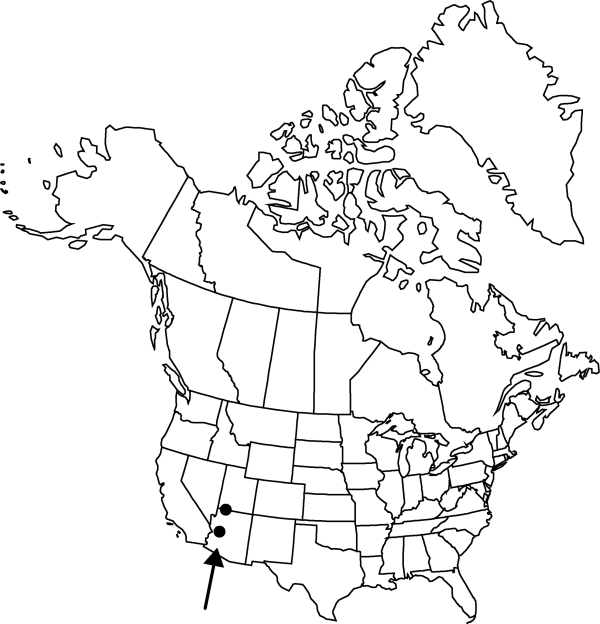familyCactaceae
subfamilyCactaceae subfam. Opuntioideae
genusCylindropuntia
speciesCylindropuntia acanthocarpa
Difference between revisions of "Cylindropuntia acanthocarpa var. acanthocarpa"
FNA>Volume Importer |
imported>Volume Importer |
||
| Line 41: | Line 41: | ||
|publication year= | |publication year= | ||
|special status= | |special status= | ||
| − | |source xml=https:// | + | |source xml=https://bibilujan@bitbucket.org/aafc-mbb/fna-data-curation.git/src/bb6b7e3a7de7d3b7888a1ad48c7fd8f5c722d8d6/coarse_grained_fna_xml/V4/V4_223.xml |
|subfamily=Cactaceae subfam. Opuntioideae | |subfamily=Cactaceae subfam. Opuntioideae | ||
|genus=Cylindropuntia | |genus=Cylindropuntia | ||
Revision as of 00:13, 28 May 2020
Shrubs or small trees, with few branches, usually at acute angles. Stem segments green, 6–17.5 cm; tubercles broad, rounded, oval, 1.5–2.2 cm. Spines 15–25 per areole, brown, aging gray, not baggy sheathed; major 5–7 abaxial spines deflexed, sub-parallel. Flowers: inner tepals yellow-green, sometimes reddish orange tinged. Fruits densely spiny; areoles 16–26.
Phenology: Flowering spring (May).
Habitat: Mojave Desert, edges of juniper woodlands, rocky slopes
Elevation: 1100-1200 m
Discussion
Selected References
None.
Lower Taxa
None.
